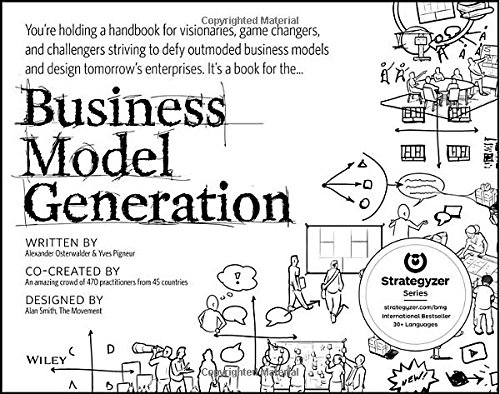By and large, the user-story remains the main vehicle for communicating meaningful requirements within Agile teams.
A good user story is deemed to be INVESTable. Whilst these criteria are good for maximising throughput by creating independent and small units of work that are easily consumed by development pairs, it is these same criteria that often work to obfuscate a bigger-picture objective.
As with any good story, context is key.
This article shows how techniques from the world of UX can serve to compliment user-stories with proper context. As a discipline, UX often considers "overarching experience" - it considers touchpoints and interactions well beyond the bounds of just software. As a consequence many techniques from the world of UX are great for adding big-picture context to the world of Agile software delivery.
My thinking and approach has moved on significantly since I wrote this article back in 2009. I still use many of the techniques highlighted in my teams today but supplement these with things like the business model canvas from Alexander Osterwalder, hypothesis-based delivery from the world of the Lean-Startup and goal-oriented design supported by story-mapping – concepts I helped introduce to the the wider Agile community back in 2011.
Context is still king. But the trick for analysts and leaders is to be able to effortlessly trace both up and down the chain. i.e. decompose large or vague goal focused requirements into units of work consumable by the delivery team whist being able to understand and communicate where a small and finely grained requirement fits into the big picture.
Read the original article from DevX here:
How User-Centered Design Can Put User Stories in Proper Context




